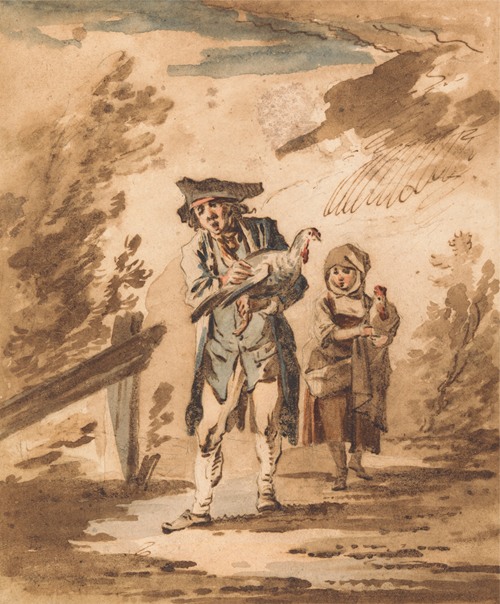
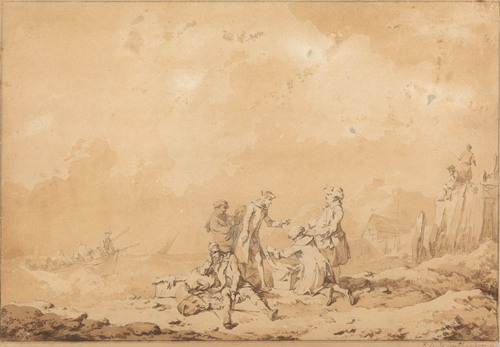
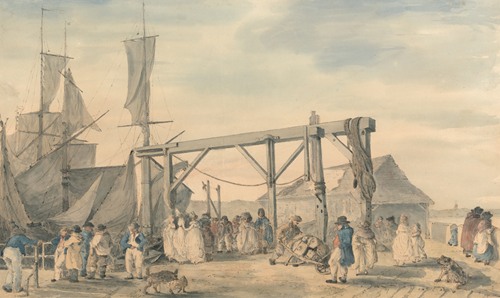
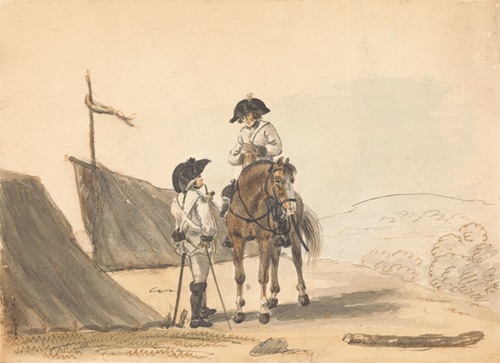
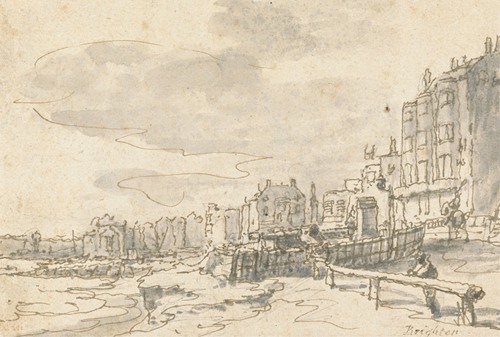
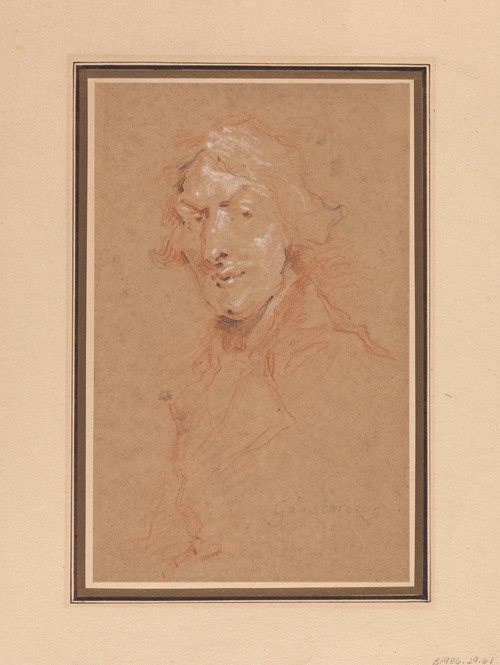
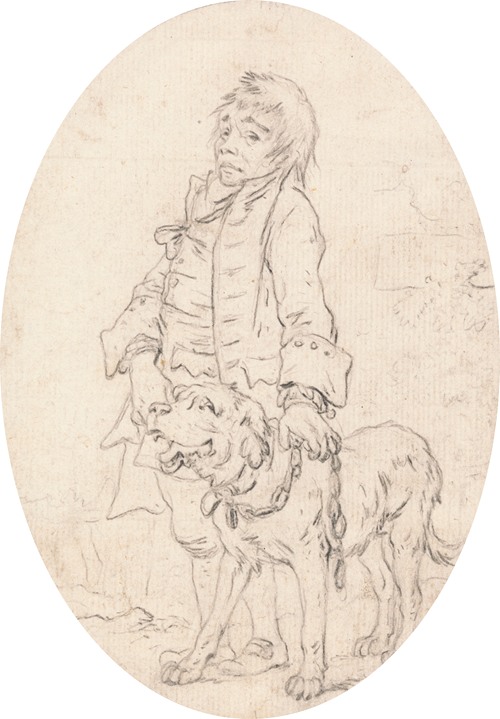
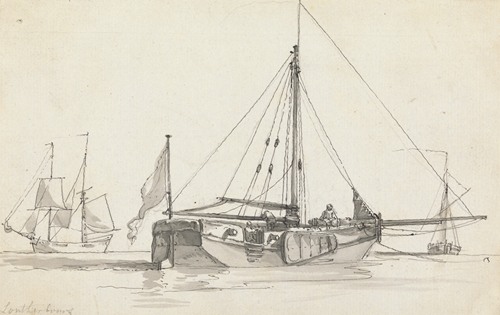
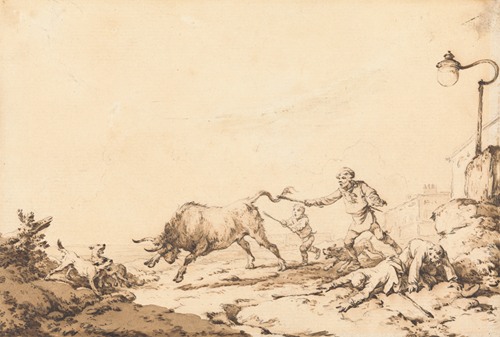
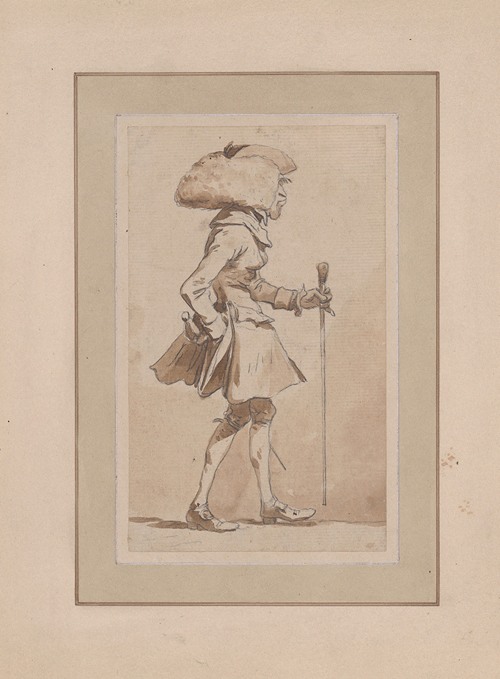
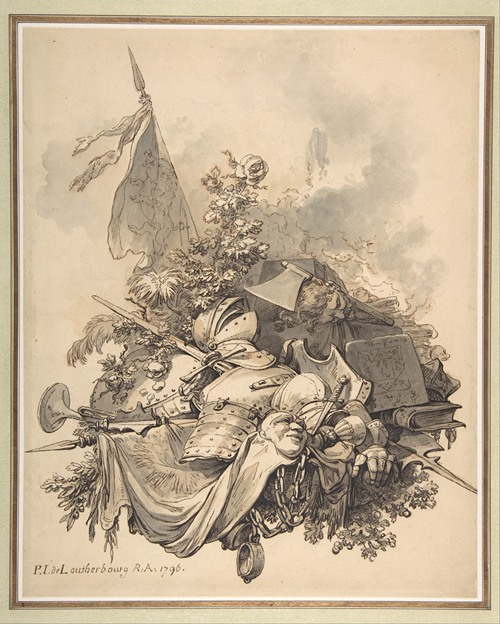
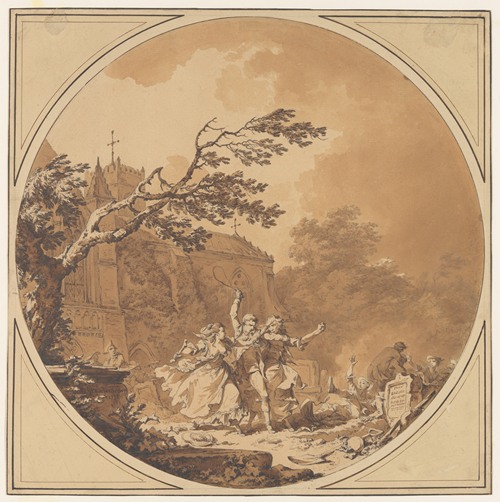
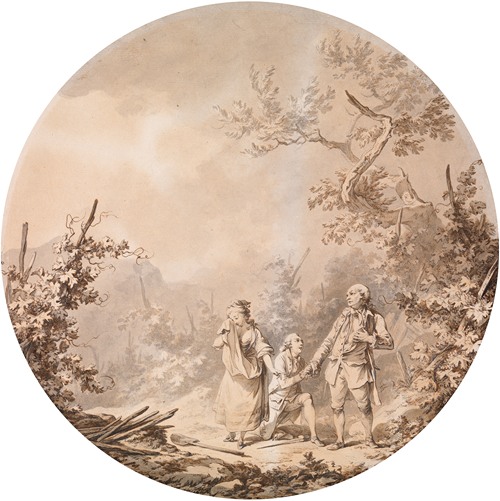
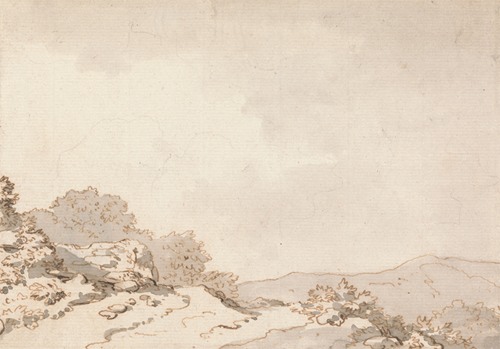
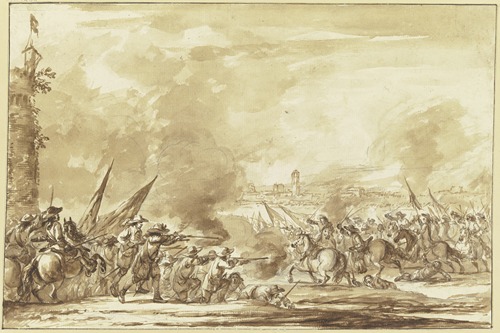
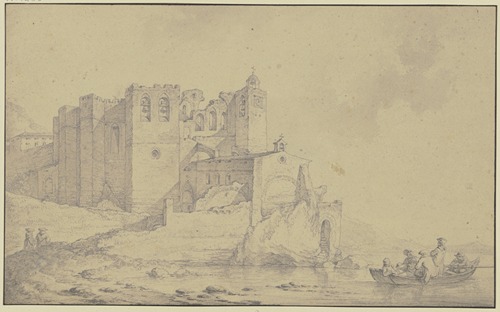
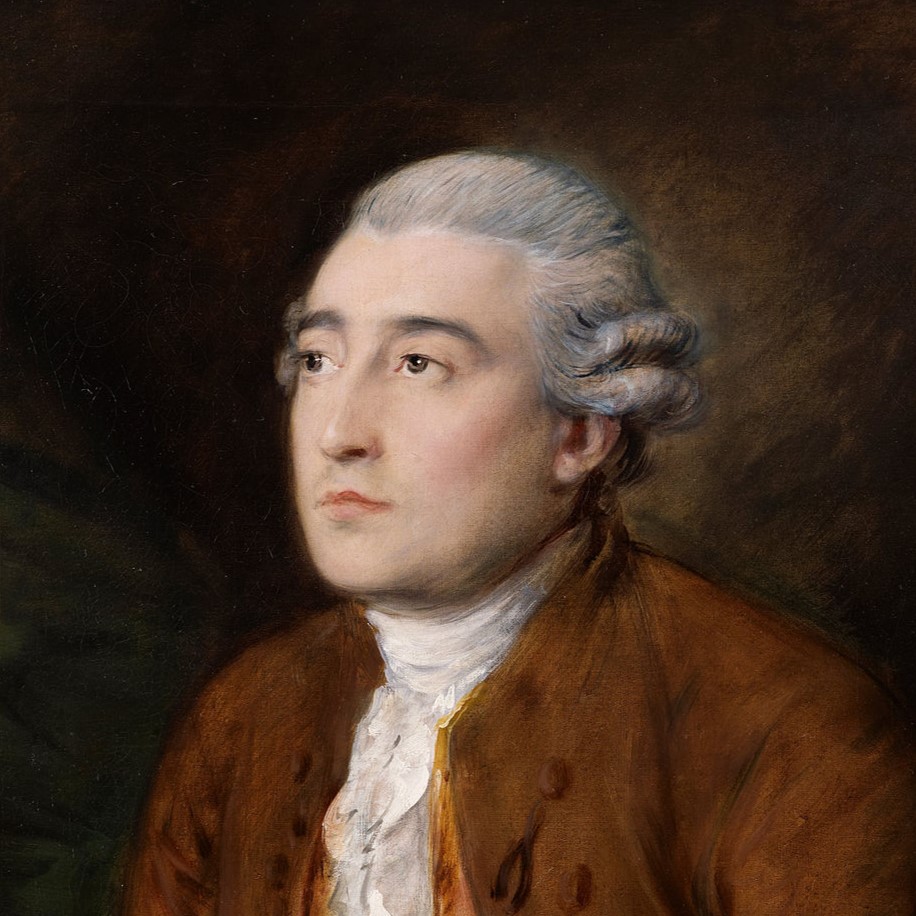

Philip James de Loutherbourg was a French-born British painter who became known for his large naval works, his elaborate set designs for London theatres, and his invention of a mechanical theatre called the "Eidophusikon". He also had an interest in faith-healing and the occult, and was a companion of the confidence-trickster Alessandro Cagliostro.
Loutherbourg was born in Strasbourg in 1740, the son of an expatriate Polish miniature painter. Intended for the Lutheran ministry, he was educated at the University of Strasbourg.
Rejecting a religious calling, Loutherbourg decided to become a painter, and in 1755 placed himself under Charles-André van Loo in Paris, and later under Francesco Giuseppe Casanova. His talent developed rapidly, and he became a figure in the fashionable society of the day. He first exhibited at the Salon of 1763 where his Landscape with Figures and Animals attracted praise from Denis Diderot. He followed this up with further success at the Salon of 1765 with two paintings including Morning After the Rain. In 1767 he was elected to the French Academy, although below the age required by the rules of the institution, and painted landscapes, sea storms, and battles, all of which work had a celebrity above those of the specialists then working in Paris. He made his debut with the exhibition of twelve pictures, including Storm at Sunset, Night, and Morning after Rain.
Loutherbourg then travelled through Switzerland, Germany and Italy, distinguishing himself as much by his mechanical inventions as by his painting. One of these, showing new effects produced in a model theatre, was the wonder of the day, with its use of lights behind canvas representing the moon and stars, and the illusory appearance of running water produced by clear blue sheets of metal and gauze, with loose threads of silver.
In 1771 he settled in London, where David Garrick paid him £500 a year to design scenery and costumes and oversee the stage machinery at the Drury Lane Theatre. His stage effects attracted the admiration not just of the general public, but also of artists, including Joshua Reynolds. He devised scenic effects in which, for instance, green trees gradually became russet and the moon rose and lit the edges of passing clouds: illusions achieved through the use of coloured lantern-slides and the ingenious lighting of transparencies. He continued to work at the theatre until 1785.
He achieved an even greater success with an entertainment called the Eidophusikon, meaning "image of nature". This was a miniature mechanical theatre measuring six by eight feet, and described as displaying "Various Imitations of Natural Phenomena, represented by Moving Pictures". It was presented at Loutherbourg's home from March 1781 in an auditorium seating about 130 people. He used Argand lamps to light the stage and stained glass to change colours.
At Christmas, 1781, Loutherbourg mounted a spectacle at a party in the Egyptian Hall at Fonthill for William Beckford, promising (according to Beckford) to "present a mysterious something that the eye has not seen or heart of man conceived". Following this he attempted rather more fantastical subjects for the Eidophusikon, presenting a scene from Paradise Lost with "Satan arraying his troops on the banks of the Fiery Lake, and the rising of the Palace of Pandemonium". The Eidophusikon soon closed, however, as the income did not cover the costs and the audience demanded new productions faster than Loutherbourg could create them. He has been called the inventor of the panorama but, although it first appeared about the same time as the Eidophusikon, the first panorama was painted and exhibited by the Scottish painter Robert Barker.
Despite these other projects, Loutherbourg still found time for painting. Lord Howe's action, or the Glorious First of June (exhibited 1795) and other large naval pictures were commissioned to commemorate British naval victories, many of them ending up soon afterwards in the Greenwich Hospital Gallery (in whose successor, the National Maritime Museum, they still remain). His finest work was the Defeat of the Spanish Armada. He also painted The Great Fire of London and several historical works, including The Grand Attack on Valenciennes (1793). He was interested in the Industrial Revolution, and his 1801 painting Coalbrookdale by Night shows iron foundries at work.
Seven of his paintings, including Lodore Waterfall and Skating in Hyde Park, are in the Government Art Collection.
He was made a member of the Royal Academy in 1781.















